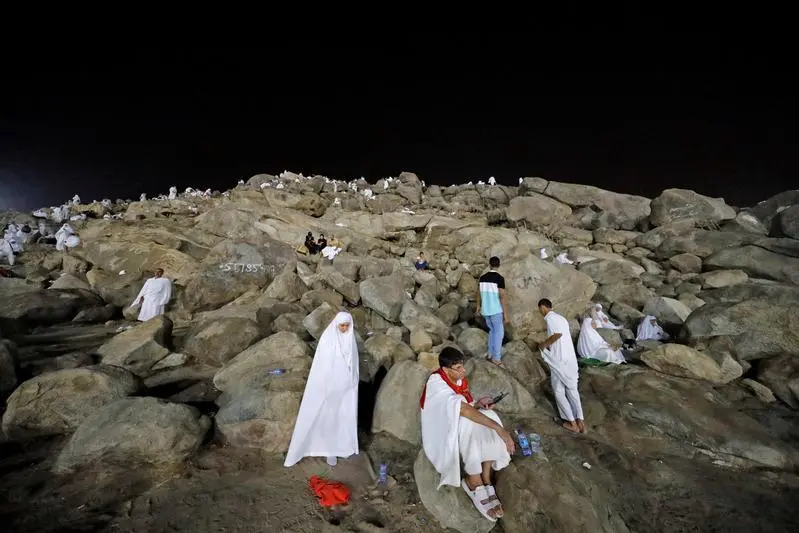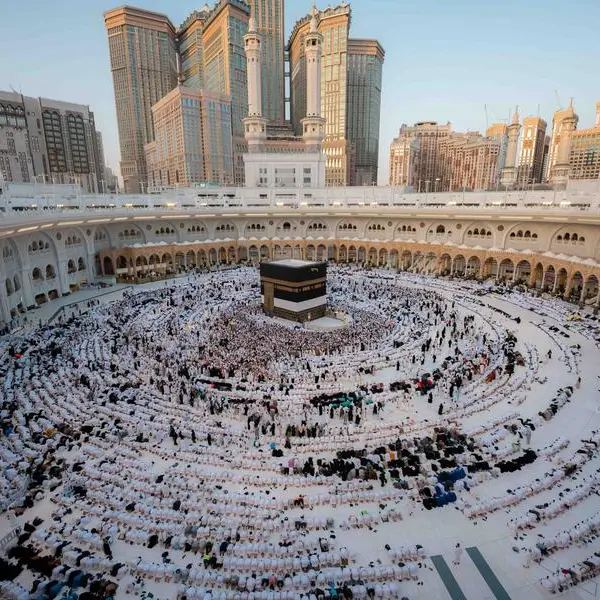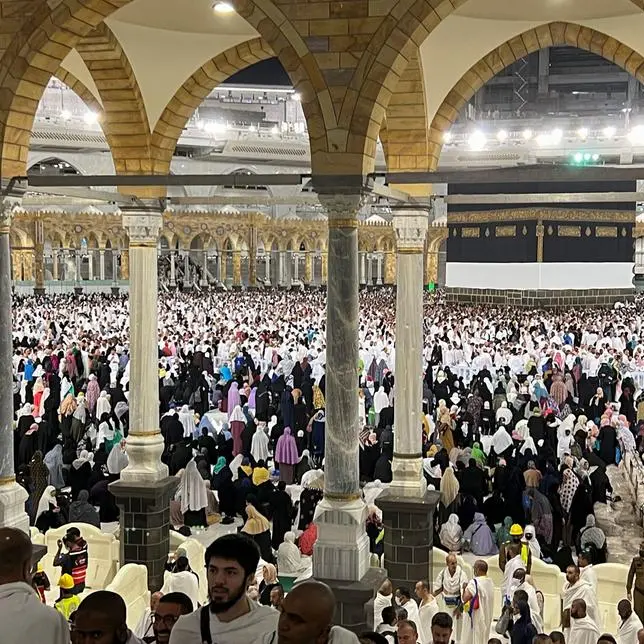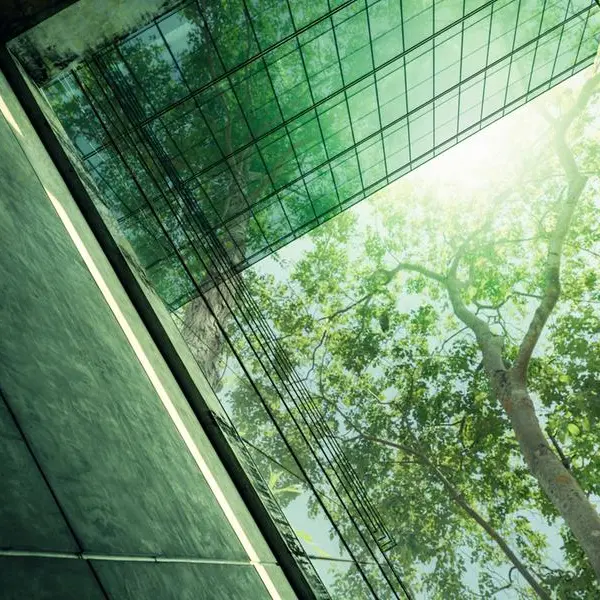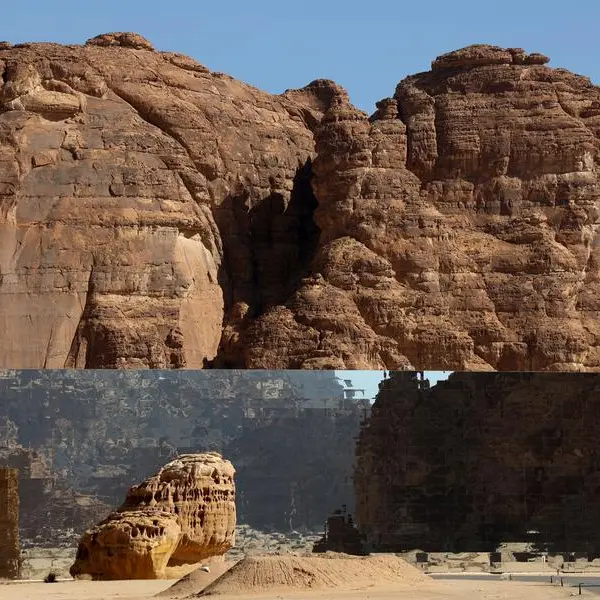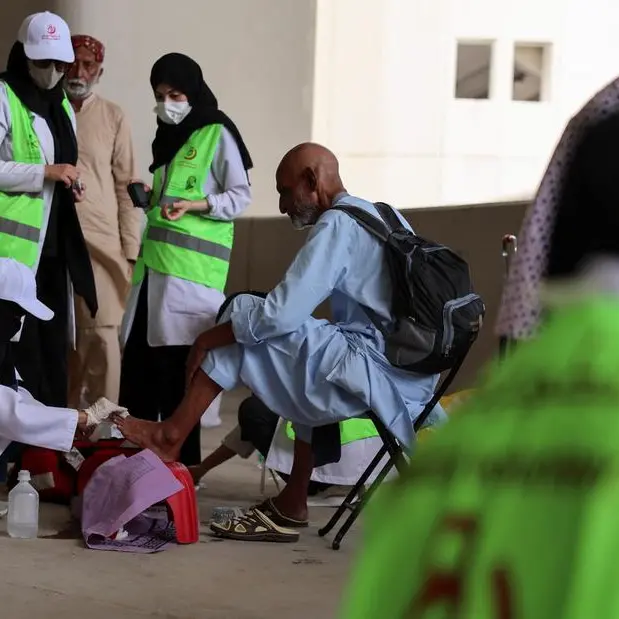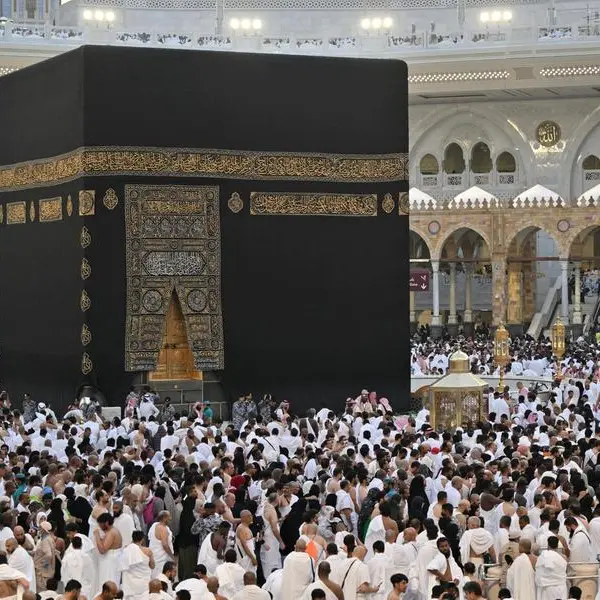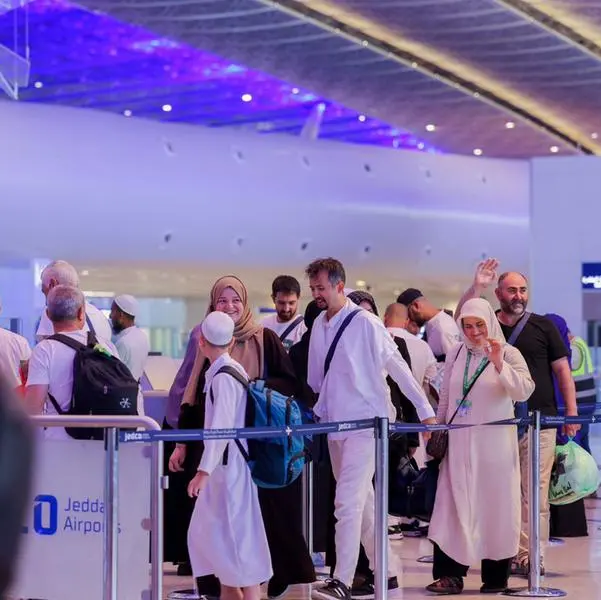PHOTO
Huge crowds of Muslim pilgrims started praying on Saudi Arabia's Mount Arafat early Friday, the high point of the biggest Haj pilgrimage since the pandemic forced drastic cuts in numbers for two years in a row.
The worshippers, capped at one million including 850,000 from abroad chosen by lottery, spent the night at camps in the valley of Mina, seven kilometres (four miles) from Makkah's Grand Mosque, Islam's holiest site.
In the early hours of Friday, they converged on Mount Arafat, where the Prophet Mohammed is believed to have delivered his final sermon, for the most important of the Haj rituals.
They will stay all day at the site, praying and reciting the Holy Quran.
After sunset they will head to Muzdalifah, half-way between Arafat and Mina, where they will sleep under the stars before performing the symbolic "stoning of the devil" ceremony on Saturday.
This year's Haj is taking place against the backdrop of a resurgence of Covid-19 in the region, with some Gulf countries tightening restrictions to keep outbreaks in check.
All participants were required to submit proof of full vaccination and negative PCR tests. Upon reaching Mina on Thursday, they were handed small bags containing masks and sanitiser.
The Haj, usually one of the world's largest annual religious gatherings, is among the five pillars of Islam and must be undertaken by all Muslims with the means at least once in their lives.
In 2019, some 2.5 million Muslims from around the world took part, as in previous years.
But the coronavirus outbreak has since forced Saudi authorities to dramatically downsize the Haj. Just 60,000 fully vaccinated citizens and residents of the kingdom participated in 2021, up from a few thousand in 2020.
Sun and tears
The pilgrimage can be physically draining even in ideal conditions, but worshippers this year have faced an added challenge: scorching sun and temperatures rising to 42 degrees Celsius (108 degrees Fahrenheit).
Many have been seen shielding themselves with umbrellas, prayer mats and even, in one case, a small bucket filled with water.
Extreme conditions
"We can tolerate (the heat). We are here for the Haj. The more we tolerate, the more our pilgrimage is accepted," Laila, a 64-year-old Iraqi pilgrim who gave only her first name, told AFP in Makkah before reaching the mount.
Saudi officials have touted their preparations for the extreme conditions, highlighting the hundreds of hospital beds allocated for heat stroke patients and the "large number of misting fans" they have provided.
A truck has also been allocated to distribute umbrellas, water bottles and small fans.
Nevertheless, the National Centre for Meteorology, which has set up an office in Mina, is sending warnings to pilgrims on their mobile phones, urging them to avoid outdoor rituals at certain times of the day, especially at noon.
On Saturday, Muslim pilgrims will take part in the "stoning", the last major ritual of this year's Haj.
After the stoning ritual, pilgrims return to the Grand Mosque in Makkah to perform a final "tawaf" or circling of the Kaaba.
Eid al-Adha, feast of the sacrifice, marks the end of Haj.
Copyright © 2022 Khaleej Times. All Rights Reserved. Provided by SyndiGate Media Inc. (Syndigate.info).
